Learn : Lifestyle & Recipes
5 Extinct Dog Breeds (and Their Closest Modern Day Relatives)
The history of dogs is rife with twists and turns, from what they ate to their interactions with humans. And while some of the finer points of domestication date so far back into unrecorded history that researchers are relegated to educated guesswork, the history of breeds is well written, documented and oftentimes even photographed.
Studying the records of extinct breeds can be a fascinating exercise, as many bear a significant resemblance to some of the most common breeds trotting the globe today. Here are five we’ve found the most interesting in our search, along with their closest living descendants:
1. Polynesian dog
The Polynesian Dog, while not exactly a breed itself, serves as the parent term for a number of dog breeds that originated in Tahiti, Samoa and other Polynesian islands. The Kuri, Hawaiian Poi Dog and Marquesean Dog are all examples of Polynesian Dogs that no longer roam the famous Oceanic isles.
Interestingly, due to their surroundings, many of these dogs lived off near-vegetarian diets, consuming coconuts, yams, breadfruit and other island fruits. Some may have also subsisted off of fish, setting out with their owners for seaside or off-shore expeditions.
While many breeds still populate the islands today, research suggests that the Australian dingo and the ancient Polynesian Dog may share an ancestor.
2. Northern Hound
The Northern Hound (or as it’s also known, the North Country Beagle) was at one time one of the most popular breeds throughout Northern England — and with good reason: Northern Hounds were said to have harbored a combination of appealing features for the average hunter, possessing a capable nose, shrill bark and a deceptively speedy hunting style.
The rise of specificity in breeding, however, soon led to its decrease in popularity. Breeds like Foxhounds grew faster, and breeds like Southern Hounds (while also extinct) developed stronger noses.
One look at the Northern Hound likely reveals its closest living relative: the Beagle. While many foxhounds may also possess the pedigree of Northern Hounds somewhere in their bloodline, modern Beagles share many of the same traits of the Northern Hound, while sharing an astoundingly similar profile.
3. Tesem
While you may have seen the Tesem depicted in hieroglyphics, monuments and other ancient Egyptian artwork, the breed itself served as more than just a muse in prehistoric society — it was trusted as a companion, hunter and envoy to the other side.
Many Egyptians of the day chose to have their dogs entombed alongside them after death, paying homage to the god Anubis and providing comfort on their journey through the afterlife.
While the Tesem itself was not necessarily considered a breed at the time (and more simply shorthand for “hunting dog”), historical records and research point toward the Saluki as the typical Egyptian hunting dog’s closest living relative.
Both the Tesem of then and the Saluki of today share a trim profile, long legs and incredible speed. In fact, the Saluki is considered by some to outpace even the Greyhound over longer distances.
4. Alpine Spaniel
Born in the Alps and insulated with a coiled coat, the Alpine Spaniel was yesteryear’s ultimate cold weather companion. Populating mountainous regions of Switzerland all the way up until the 19th century, the Alpine Spaniel was considered a rescue dog at its core, well-equipped to traverse craggy terrain and seek out lost or stranded explorers.
The breed gradually vanished as disease sadly reduced the Alpine Spaniel population in the mid-1800s. Its fighting, fearless and loving spirit, however, lives on in the St. Bernard and Clumber Spaniel, its two genetic successors. Both share the Alpine Spaniel’s gentle, loyal and helpful disposition.
5. Tablot
Hailing from England, the Tablot was a popular hunting breed through the Middle Ages, sporting a quick and efficient ability to track small game. Its likeness, to this day, can be seen throughout England everywhere from pub wall artwork to school mascots.
Much like the Northern Hound, the Talbot was eventually outranked by other breeds in their ability to hunt, catch and track — though they were often still used for their agility in catching common thieves. As their utility waned in the fields, Englanders dedicated less and less energy toward their conservation, eventually leading to their extinction in the 1800s.
Also like the Northern Hound, the Tablot’s bloodline may be seen today in Beagles and Bloodhounds.


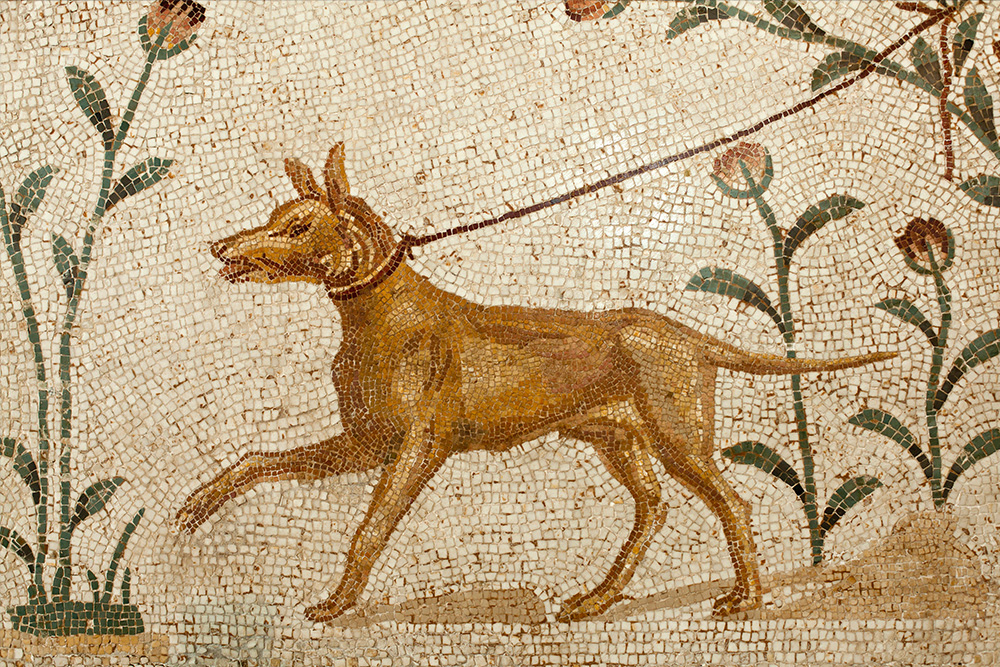
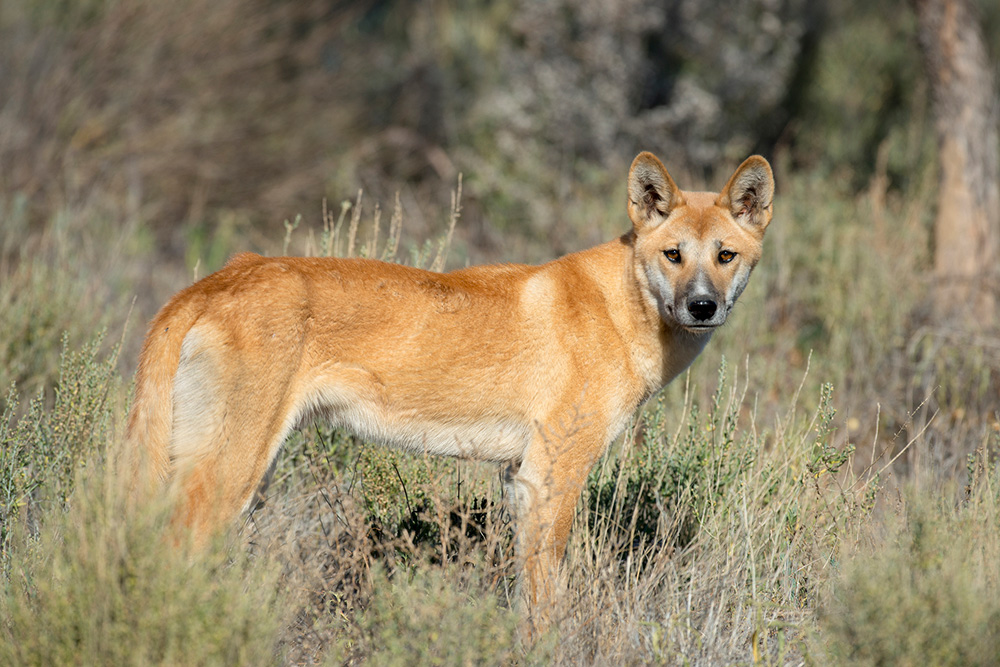
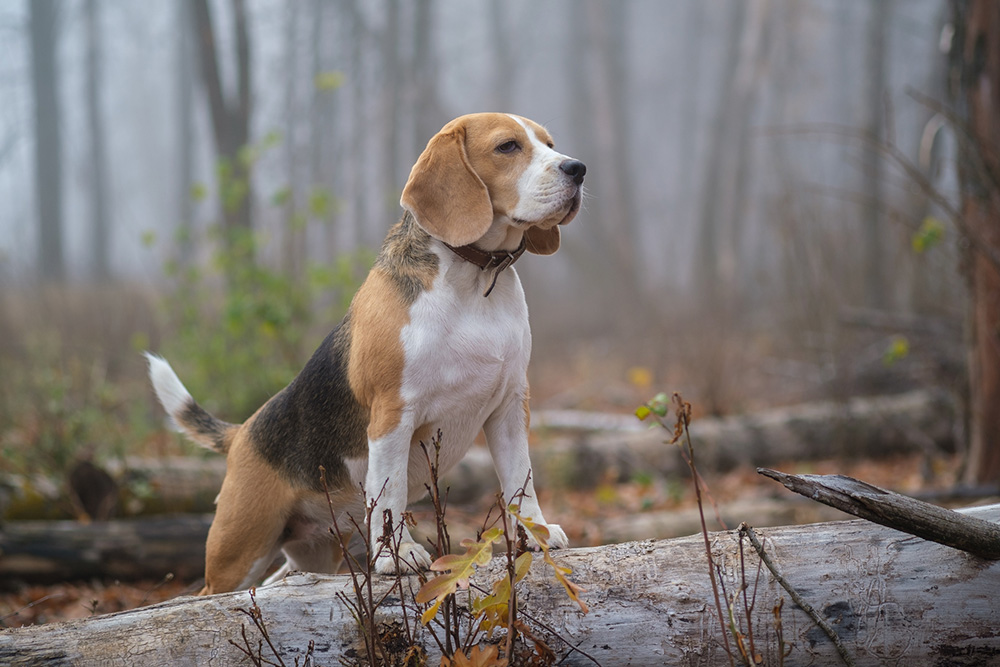
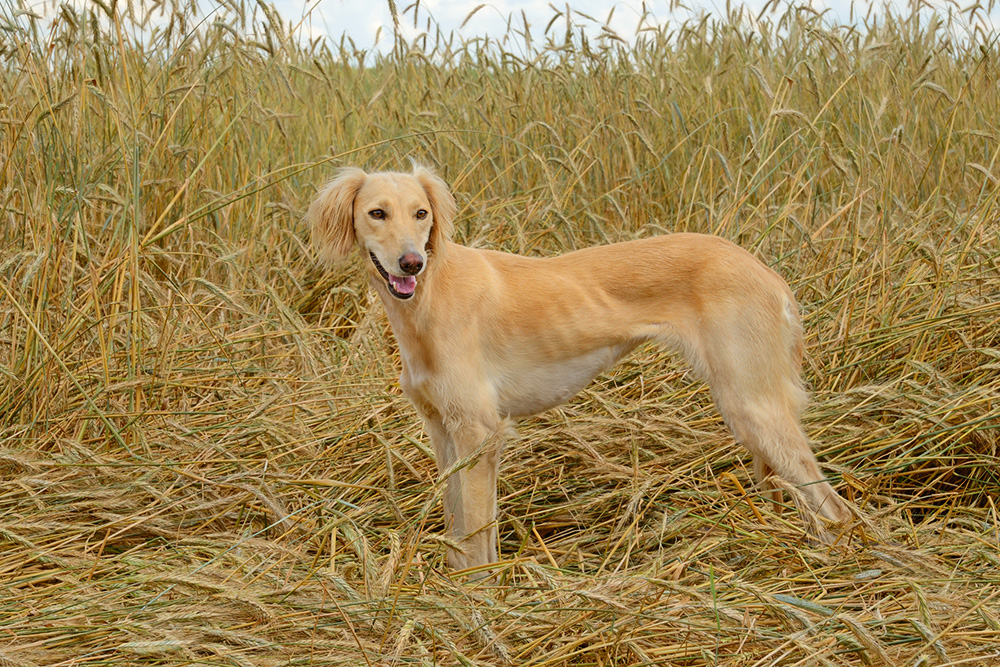
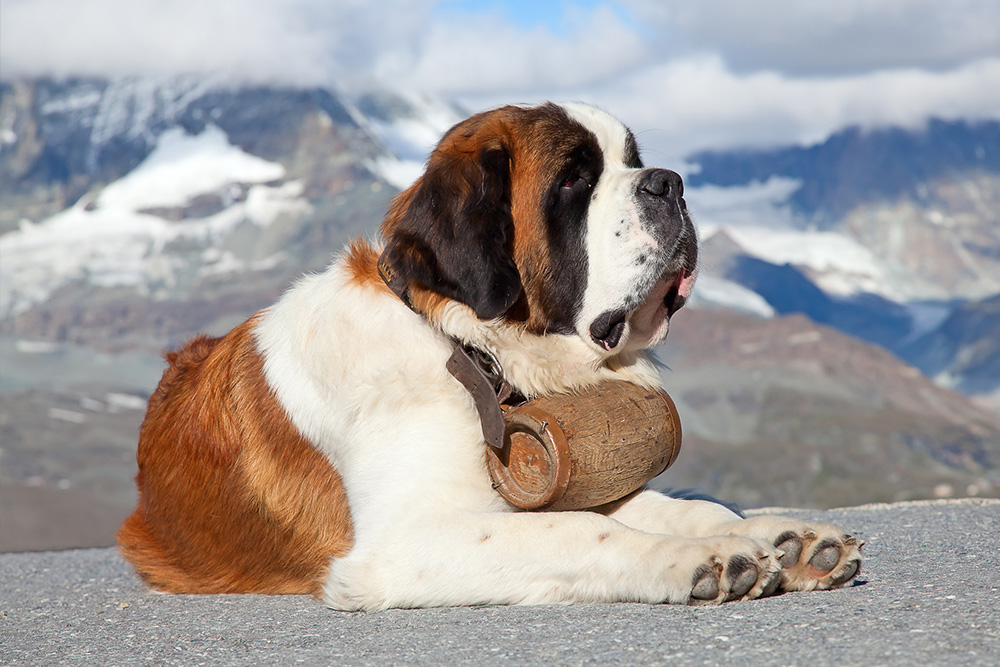
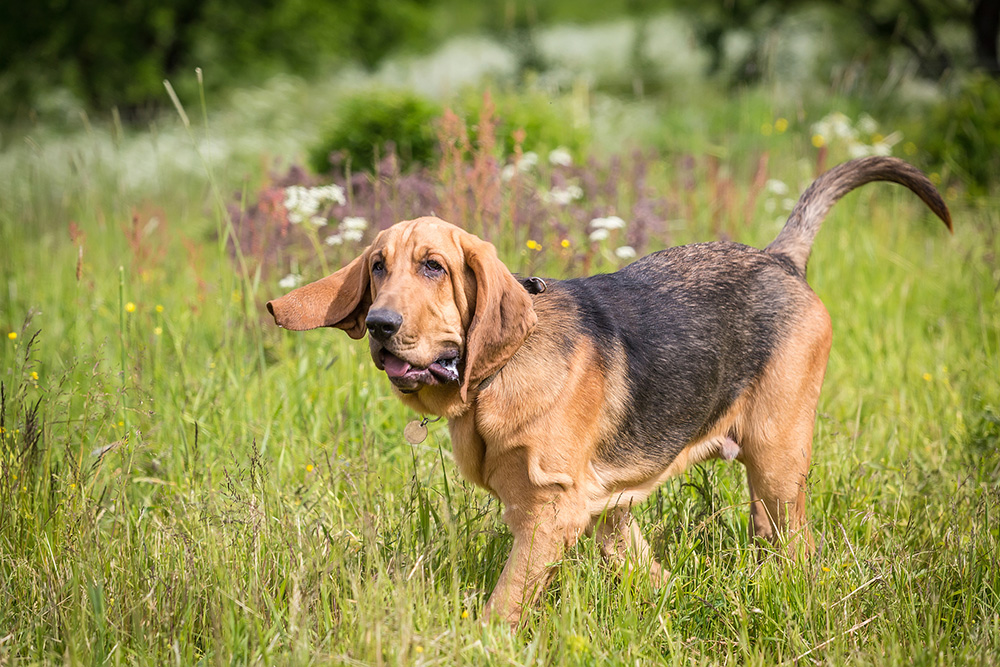
 The 12 Pet-Friendliest Professions
The 12 Pet-Friendliest Professions
 For the First Time Puppy Owner : 7 Signs You’re Doing it Right
For the First Time Puppy Owner : 7 Signs You’re Doing it Right
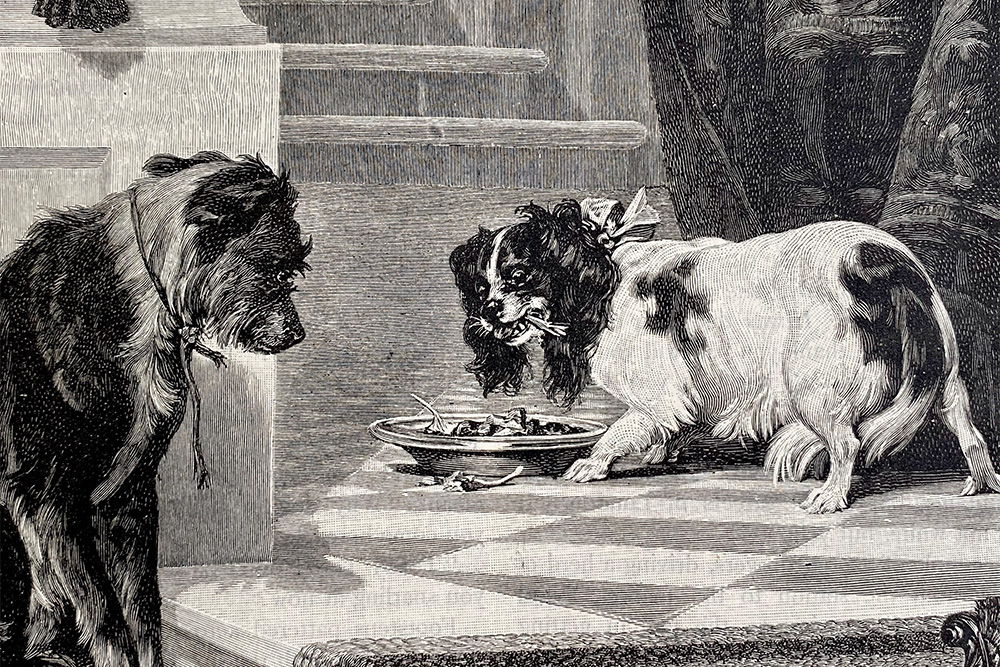 An Annotated History of Dog Food
An Annotated History of Dog Food
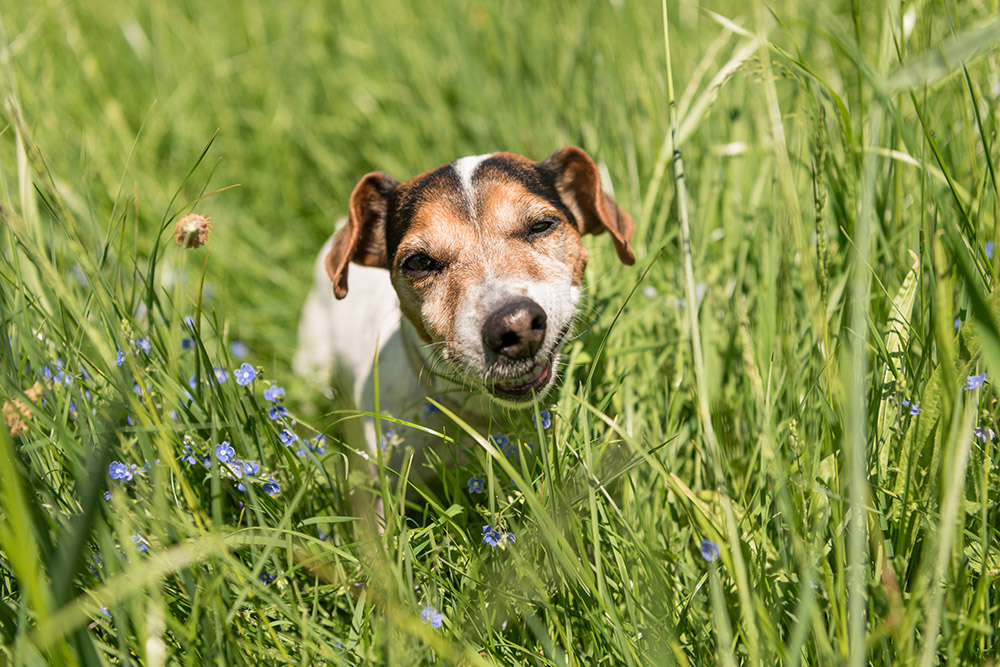 Why Do Dogs Eat Grass?
Why Do Dogs Eat Grass?